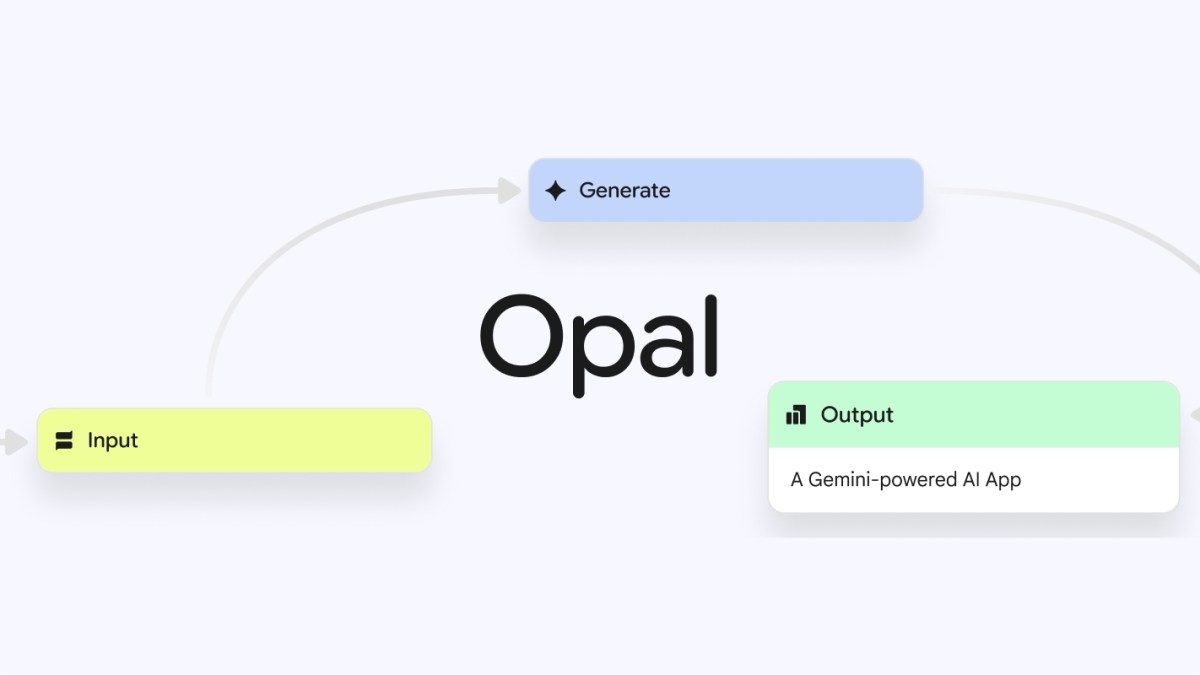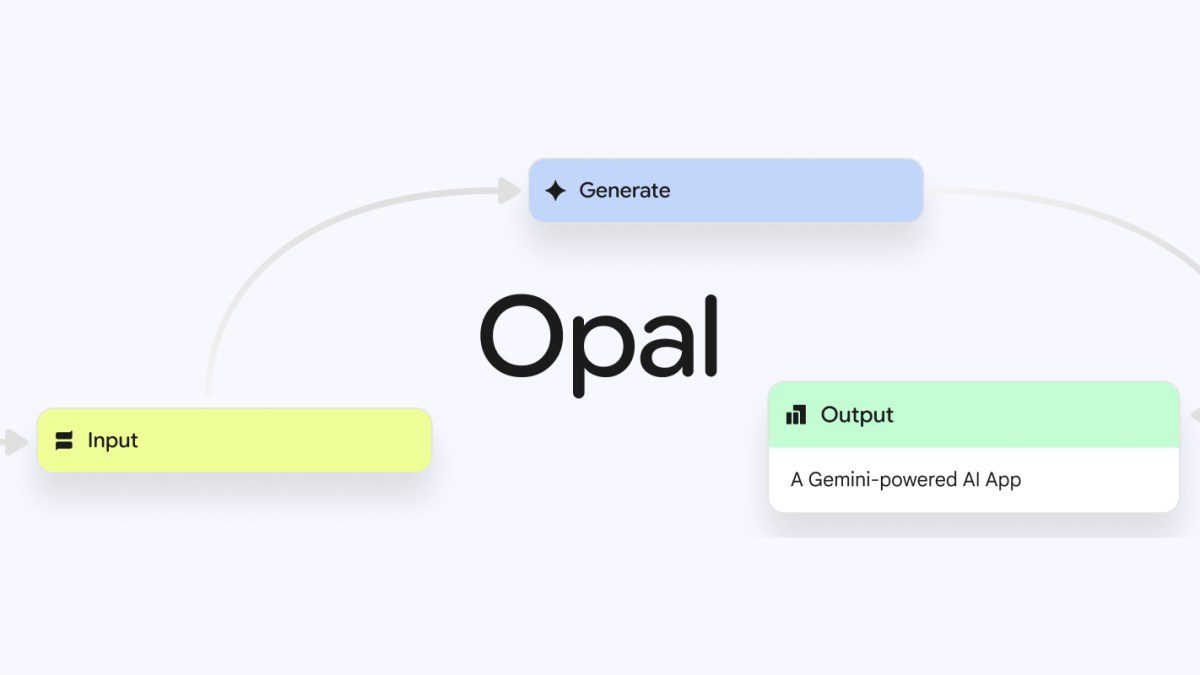
revolut aims to take on indian banks Revolut is setting its sights on the Indian market with ambitious plans to onboard 20 million users by 2030 while aiming to process over $7 billion in transactions.
revolut aims to take on indian banks
Revolut’s Strategic Expansion into India
Revolut, the fintech company known for its digital banking services, has announced its intention to penetrate the Indian market aggressively. This move comes as part of the company’s broader strategy to expand its global footprint and tap into the burgeoning demand for digital financial services in India. The company aims to leverage its innovative technology and customer-centric approach to disrupt the traditional banking sector, particularly in the realm of foreign exchange (forex) transactions.
The Challenge of Forex Fees in India
One of the primary motivations behind Revolut’s entry into India is the high forex fees charged by local banks. Many Indian consumers and businesses have long criticized these fees as exorbitant and unjustified. Revolut’s CEO, Nikolay Storonsky, has referred to these charges as “criminal,” highlighting the significant burden they impose on users. By offering lower fees and more transparent pricing, Revolut aims to attract users who are disillusioned with traditional banking practices.
Market Potential and User Acquisition Goals
Revolut’s target of onboarding 20 million users by 2030 reflects its confidence in the Indian market’s potential. With a population exceeding 1.4 billion, India presents a vast customer base for digital financial services. The fintech sector in India has been experiencing rapid growth, fueled by increased smartphone penetration, internet access, and a young, tech-savvy population.
To achieve its ambitious user acquisition goals, Revolut plans to implement a multi-faceted marketing strategy that includes partnerships, localized services, and tailored offerings. The company aims to create a seamless user experience that resonates with Indian consumers, making it easier for them to switch from traditional banks to Revolut’s platform.
Innovative Features and Services
Revolut’s success in India will largely depend on its ability to offer innovative features that differentiate it from traditional banks. The company is known for its user-friendly app, which provides a range of financial services, including currency exchange, international money transfers, cryptocurrency trading, and budgeting tools. These features are particularly appealing to younger consumers who seek convenience and flexibility in managing their finances.
Lowering Barriers to Entry
One of the key advantages of Revolut’s platform is its ability to lower barriers to entry for users. Traditional banks often require extensive documentation and lengthy approval processes for opening accounts or accessing financial services. In contrast, Revolut’s digital-first approach allows users to sign up quickly and easily through their mobile app, often within minutes. This streamlined process is expected to attract a significant number of users who may have previously been deterred by the complexities of traditional banking.
Localized Offerings
Understanding the unique needs of Indian consumers will be crucial for Revolut’s success. The company plans to tailor its offerings to cater to local preferences and requirements. This includes providing support for multiple Indian languages, integrating local payment methods, and offering services that align with the financial habits of Indian users.
Regulatory Landscape and Challenges
While Revolut’s ambitions in India are promising, the company will need to navigate a complex regulatory landscape. The Reserve Bank of India (RBI) has stringent regulations governing foreign exchange transactions and digital banking services. Compliance with these regulations will be essential for Revolut to operate effectively in the Indian market.
Building Trust with Consumers
Another challenge Revolut may face is building trust among Indian consumers. Traditional banks have established reputations over decades, and many consumers may be hesitant to switch to a new fintech provider. To overcome this hurdle, Revolut will need to invest in customer education and demonstrate the security and reliability of its services. This could involve partnerships with local financial institutions or endorsements from trusted figures in the Indian financial sector.
Implications for the Indian Banking Sector
Revolut’s entry into the Indian market could have significant implications for the traditional banking sector. As fintech companies continue to innovate and offer competitive alternatives, traditional banks may be forced to reevaluate their pricing structures and service offerings. This could lead to a more competitive landscape, ultimately benefiting consumers through lower fees and improved services.
The Rise of Fintech in India
The rise of fintech companies in India is already reshaping the financial landscape. With the increasing adoption of digital payments and online banking, consumers are becoming more open to exploring alternatives to traditional banking. Revolut’s entry could further accelerate this trend, encouraging more consumers to embrace digital financial solutions.
Potential for Collaboration
Interestingly, Revolut’s presence in India could also open doors for collaboration between fintech companies and traditional banks. As both sectors seek to enhance their offerings and improve customer experiences, partnerships could emerge that leverage the strengths of both parties. For instance, traditional banks may look to collaborate with fintech firms to enhance their digital capabilities, while fintech companies like Revolut could benefit from the established infrastructure and customer base of traditional banks.
Future Outlook
As Revolut embarks on its journey in India, the company’s success will depend on its ability to adapt to the local market, understand consumer needs, and navigate regulatory challenges. The fintech landscape in India is dynamic, and Revolut’s entry could catalyze further innovation and competition.
Long-Term Vision
Revolut’s long-term vision extends beyond merely acquiring users; the company aims to become a comprehensive financial ecosystem that meets the diverse needs of Indian consumers. By continuously evolving its offerings and staying attuned to market trends, Revolut hopes to establish itself as a trusted financial partner for millions of users in India.
Conclusion
In conclusion, Revolut’s ambitious plans to enter the Indian market represent a significant development in the fintech landscape. With a focus on lowering forex fees and providing innovative financial services, the company aims to disrupt traditional banking practices. As it works towards onboarding 20 million users and processing over $7 billion in transactions by 2030, Revolut’s journey in India will be closely watched by industry stakeholders and consumers alike. The outcome of this venture could reshape the future of banking in India, paving the way for a more competitive and customer-centric financial ecosystem.
Source: Original report
Was this helpful?
Last Modified: October 8, 2025 at 11:36 am
0 views















